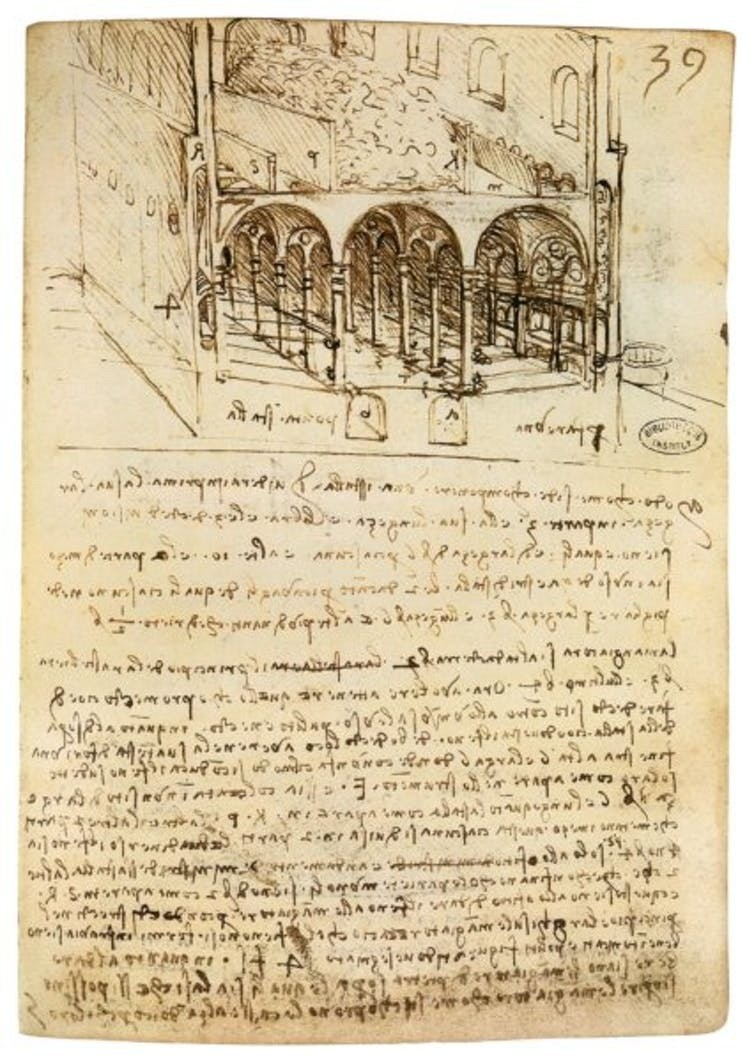The Renaissance marked the transition from the Middle Ages to modernity, after the spread of the plague caused a global crisis resulting in some 200m deathsacross Europe and Asia. Today, the world is on the cusp of a climate crisis, which is predicted to cause widespread displacement, extinctions and death, if left unaddressed. Then, as now, radical solutions were called for to revolutionise the way people live and safeguard humanity against catastrophe.
Around 1486 – after a pestilence that killed half the population in Milan – Leonardo turned his thoughts1 to urban planning problems. Following a typical Renaissance trend, he began to work out an “ideal city” project, which – due to its excessive costs – would remain unfulfilled. Yet given that unsustainable urban models are a key cause of global climate change today, it’s only natural to wonder how Leonardo might have changed the shape of modern cities.
....
- 1. It is necessary to wait even until the 20th century to see the same ideas represented in the vertical city of Futurist architects, or in the modern city of Hilbeseimer or Le Corbusier – as well as in dystopian tales such as Fritz Lang’s Metropolis and Philip Dick’s Blade Runner. Certainly, creating a city with different levels opens up the possibility of greater inequality between city-dwellers
